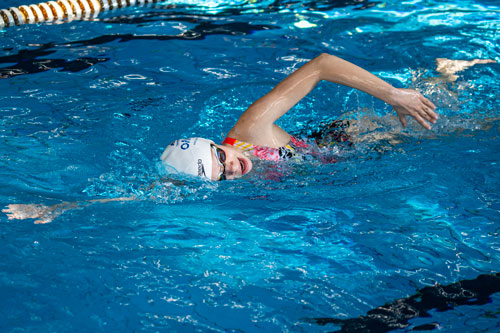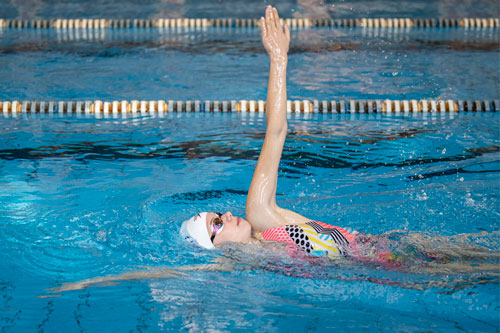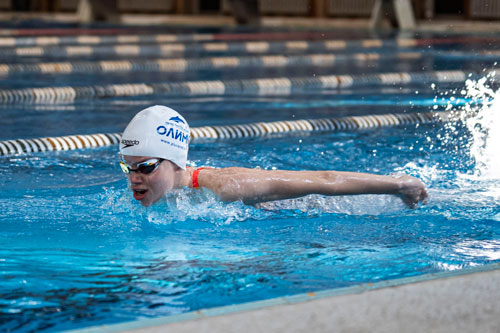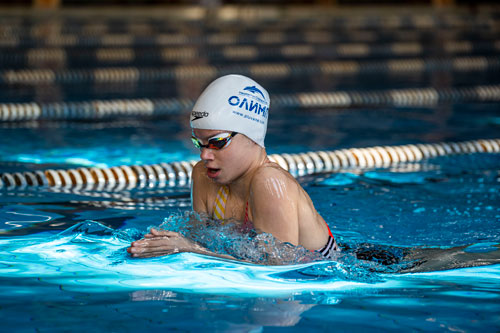All in Attitude!

The Crawl, also known as the Australian Backstroke, is generally considered to be the fastest advanced swimming style.
It is one of two swimming styles in which rotation is performed around the vertical axis of the body, the other being the backstroke. Unlike the backstroke, butterfly and breaststroke, the crawl is not controlled by FINA (the International Swimming Federation) but is universally swum in freestyle competitions.

Backstroke, also sometimes called Back, is one of the four swimming styles regulated by the Fédération Internationale de Swimming (FINA), as well as the only controlled style that is swum on the back. It has the advantage of easy breathing, but also the disadvantage that the swimmer does not see his swimming trajectory.
It is also the only style in swimming where the swimmer starts in the water. Both the crawl and the backstroke are styles in which rotation is performed around the vertical axis of the body.

The Butterfly (Butterfly stroke, Dolphin) is a style, which is based on breaststrokes with both arms moving simultaneously.
The movement of the legs in the butterfly is developed separately and is known as the "dolphin movement".
While other styles such as breaststroke, crawl or backstroke can be swum more easily even by novice swimmers, the butterfly requires the application of very good technique. Many swimmers find it the most difficult style.
The dolphin has been the newest swimming style in competitions, approximately since 1934.

The Breaststroke is a swimming style that is based on breast motion. It is the most popular recreational style due to its stability and ability to keep the head above water at all times.
In most swimming training sessions, beginners learn either breaststroke or backstroke as their first style.
In competitive swimming, however, it is considered one of the most difficult styles, requiring comparative endurance compared to the other styles.